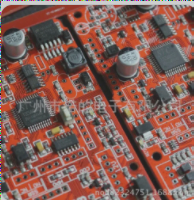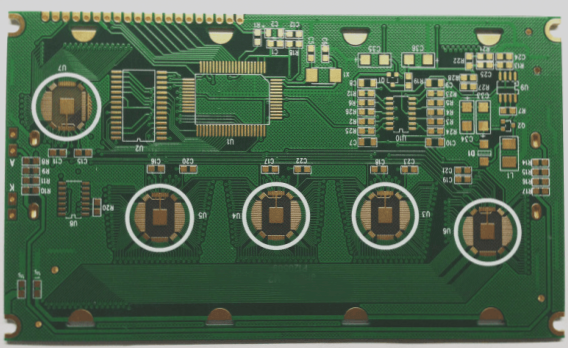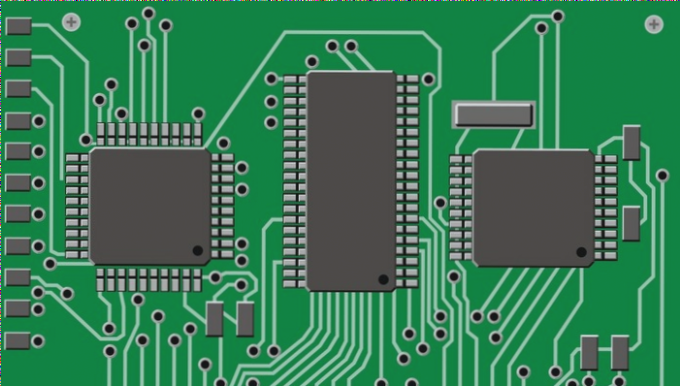Revolutionizing the Automotive Industry with Advanced PCB Technology
1. The automotive industry is on the brink of a major transformation. Soon, petrol and diesel vehicles will be a thing of the past, and autonomous driving will become the norm. Imagine getting into an Uber without a human driver – that’s the future technology promises.
2. The rise of automatic and electric vehicles is driving rapid growth in the automotive PCB industry. Printed circuit boards are the backbone of vehicle electronics, integrating sensors and components essential for smooth operation.
3. Picture the PCB as the chassis of a vehicle, with electronic components like the engine, sensors, and wheels. This analogy helps grasp the crucial role PCBs play in modern cars.
4. Automotive printed circuit boards must be exceptionally reliable to withstand harsh environmental conditions and vibrations without compromising performance. Long-term functionality is non-negotiable.
5. Heat resistance and durability set automotive PCBs apart. Manufacturers must adhere to stringent standards like ISO/TS 16949 to ensure quality and reliability in automotive electronics.
6. What are automotive PCBs made of? What substrates are used, and how do they manage heat? Let’s explore these critical questions.
- Flexible PCBs: Crafted from flexible plastic substrates like PEEK and polyamide, these boards offer bendability and find applications in curved car components.
- Rigid PCBs: Made of rigid FR4 plates, these boards lack flexibility and are ideal for display screens in vehicles.
- Rigid-flex PCBs: Combining rigid and flexible elements, these boards are used in lighting systems for enhanced functionality.
7. HDI PCBs: With high component density and thin lines, HDI boards are crucial for miniaturization and are extensively used in infotainment systems.
8. LED PCBs: Using aluminum substrates for heat dissipation, LED boards are common in car lighting applications like indicators and headlights.
Exploring Specialized Automotive PCBs
- Ceramic Substrate PCBs: Composed of high-temperature ceramics, these boards excel in the engine compartment due to their heat resistance.
- PTFE PCBs: Designed for high-frequency applications, PTFE boards are essential in safety and radar systems.
- Metal Core PCBs: Featuring an aluminum base for heat dissipation, these boards enhance electrical insulation and are used in ABS systems.
- Heavy Copper PCBs: With thicker copper layers, these boards can withstand high temperatures and currents, making them ideal for security systems.
9. As technology advances and more components are integrated, the choice of materials becomes increasingly critical in ensuring the reliability and performance of automotive electronics.
Automotive PCBs in the Future of Self-Driving Cars
- Automotive PCBs undergo rigorous tests to prevent defects like short circuits.
- Self-driving cars rely on PCBs for safety features like automatic braking and blind spot detection.
- Development in the automobile industry will increase the value of automotive electronic products.
- New PCB concepts are needed to accommodate high currents and information processing demands.
- PCBs play a critical role in ensuring the reliable operation of electronic systems in driverless cars.
- Environmental loads like temperature, humidity, and vibration impact the performance and lifespan of automotive PCBs.
- PCB assembly technologies face challenges like cracks in copper-plated holes and electrochemical migration.
- Automotive PCBs must withstand high temperatures and external stresses while meeting specific functional requirements.
- Advancements in HDI technology are essential to meet the signal processing demands of autonomous and connected cars.
- Environmental factors like humidity and temperature are crucial considerations in automotive electronics.
For more information on PCB assembly and environmental loads, visit PCBA.
The Impact of Humidity on PCBs
- Humidity can affect both the surface and internal structure of PCBs, leading to potential failure modes.
- Elevated humidity levels, even without condensation, can cause electrical short circuits if materials are not carefully chosen.
- Surface insulation resistance (SIR) may decrease, resulting in electronic product failures.
- Understanding temperature and humidity conditions within protective enclosures is crucial for preventing failures.
Failure Modes in PCBs
- Humidity plays a critical role in PCBs, potentially causing electrochemical migration (ECM) and conductive anode wire (CAF) failures.
- Cracks in PCB or bulk materials, resin cracking, and material stability under high pressure are key areas of concern.
Simulating Environmental Conditions
- Simulating temperature and humidity conditions within PCBs is essential for ensuring stability in electronic systems.
- Life models help translate test results into real-world conditions, aiding in the design criteria for PCBs.
- High-speed applications require impedance-controllable PCB lamination and stringent supplier controls.
Future Trends in Automotive Electronics
- Automotive electronics are experiencing significant changes in functions and requirements.
- Consumer product solutions can be adapted for automotive needs, with a focus on mass production of power electronics.
- Key demands in the automotive industry include high-quality signal integrity, power integrity, and electromagnetic compatibility.
Key Point: Identifying PCB suppliers capable of meeting the requirements for high-speed applications is crucial for the automotive sector’s success.



